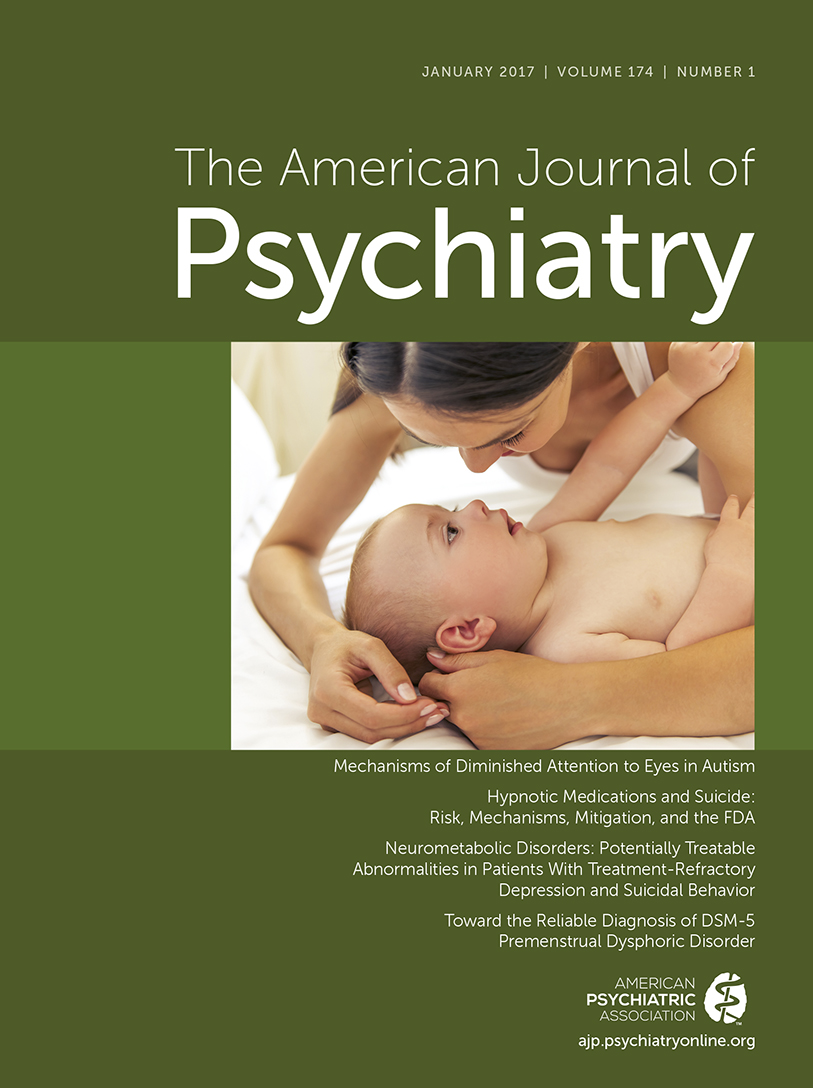Increased Activity or Energy as a Primary Criterion for the Diagnosis of Bipolar Mania in DSM-5: Findings From the STEP-BD Study
Abstract
Objective:
DSM-5 describes “a distinct period of abnormally and persistently elevated, expansive, or irritable mood and abnormally and persistently increased activity or energy” as a primary criterion for mania. Thus, increased energy or activity is now considered a core symptom of manic and hypomanic episodes. Using data from the Systematic Treatment Enhancement Program for Bipolar Disorder study, the authors analyzed point prevalence data obtained at the initial visit to assess the diagnostic validity of this new DSM-5 criterion. The study hypothesis was that the DSM-5 criterion would alter the prevalence of mania and/or hypomania.
Method:
The authors compared prevalence, clinical characteristics, validators, and outcome in patients meeting the DSM-5 criteria (i.e., DSM-IV criteria plus the DSM-5 criterion of increased activity or energy) and those who did not meet the new DSM-5 criterion (i.e., who only met DSM-IV criteria).
Results:
All 4,360 participants met DSM-IV criteria for bipolar disorder, and 310 met DSM-IV criteria for a manic or hypomanic episode. When the new DSM-5 criterion of increased activity or energy was added as a coprimary symptom, the prevalence of mania and hypomania was reduced. Although minor differences were noted in clinical and concurrent validators, no changes were observed in longitudinal outcomes.
Conclusions:
The findings confirm that including increased activity or energy as part of DSM-5 criterion A decreases the prevalence of manic and hypomanic episodes but does not affect longitudinal clinical outcomes.



